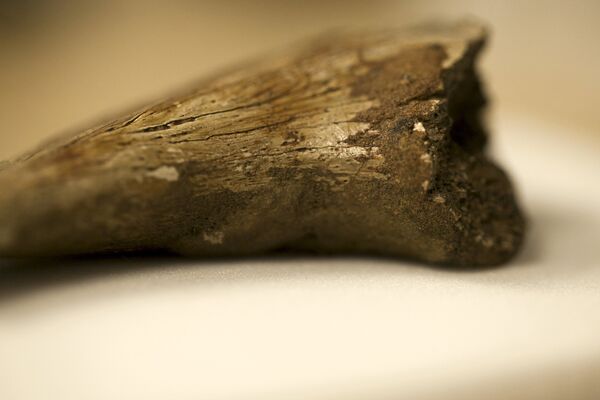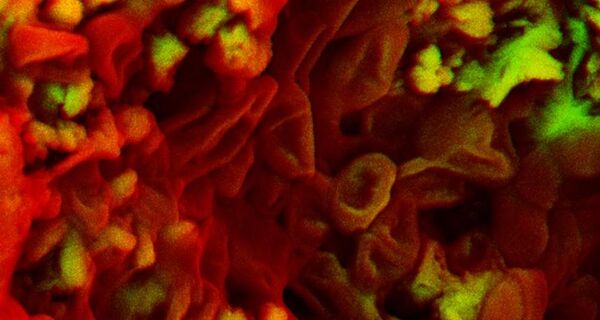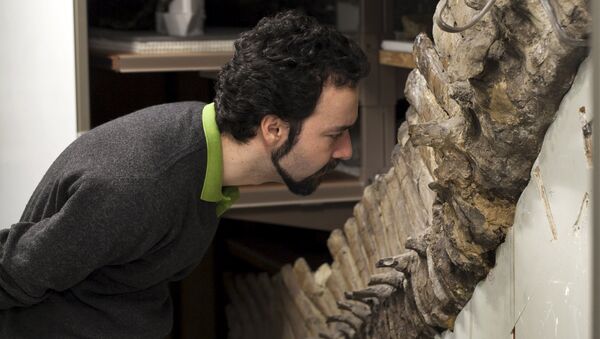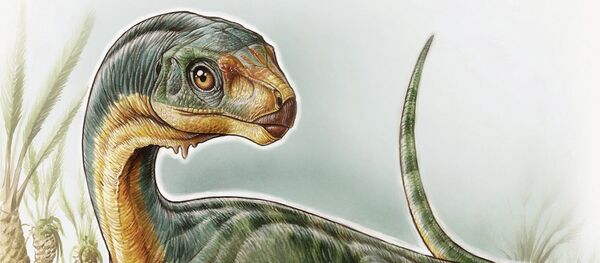The remnants of red blood cells and collagen fibers have reportedly been discovered in 75 million-year-old dinosaur fossils, according to the journal Nature Communications.

The discovery was made by researchers from Imperial College London after they analyzed eight less-than-perfect fossils that are currently at the Natural History Museum in London.

"They're very scrappy, individual broken bones. I can't even tell you what dinosaur they come from," Susannah Maidment, of Imperial College London, was quoted by the BBC as saying.
Intact soft tissue has been spotted in dinosaur fossils before, but, as Maidment explained, "all of the previous reports of original components of soft tissues in dinosaur fossils have tended to be in specimens that are really exceptionally preserved."
A medical research technique was used to study fossil bones, scientists said, referring to a focused ion beam.
Researchers said that even though the soft tissue cells are unlikely to contain DNA, the discovery could help shed more light on dinosaur physiology and behavior.
In particular, the physical size of blood cells may add to insights into metabolism, and specific species' possible transition from a cold to warm-blooded existence.




